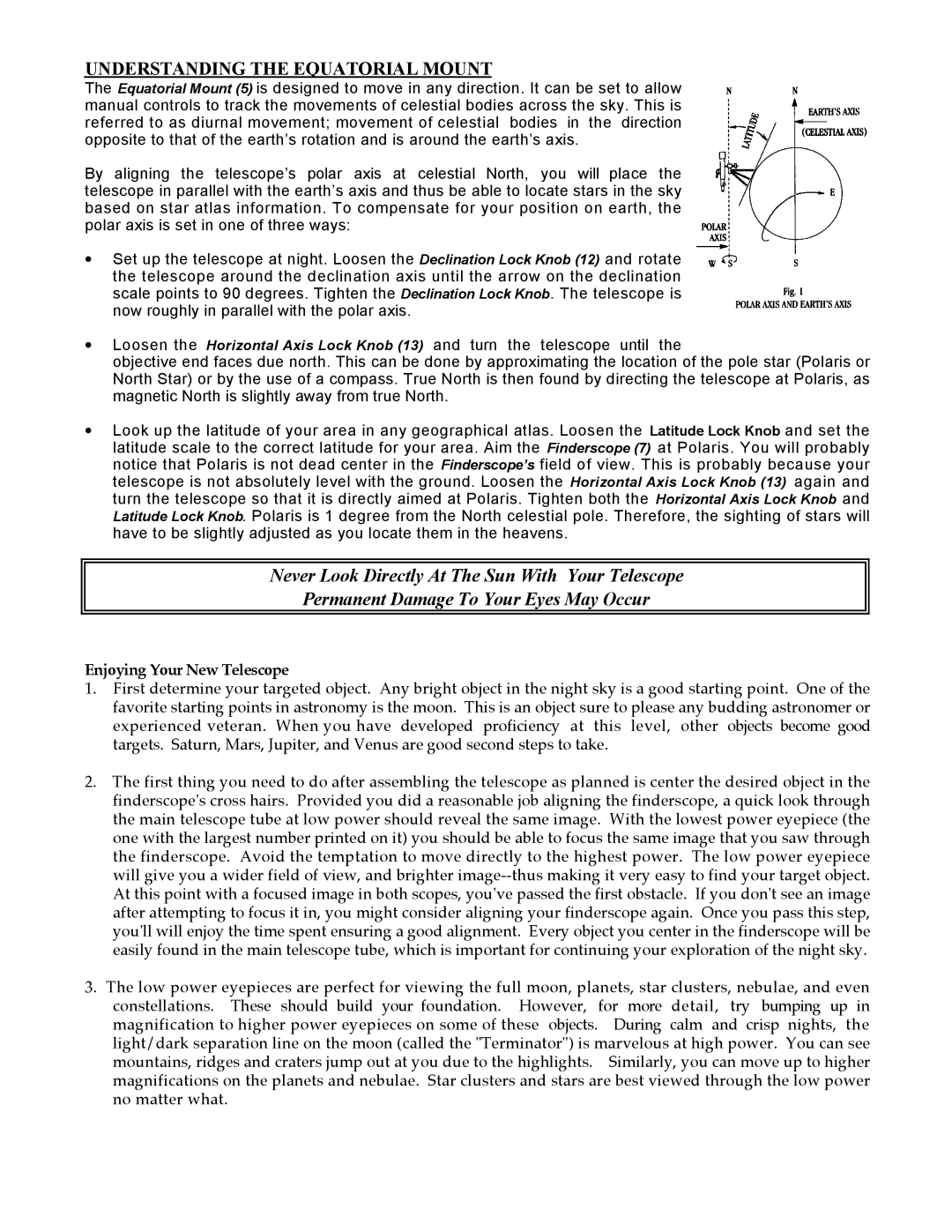78-9540 specifications
The Bushnell 78-9540 is a versatile and innovative outdoor product designed to enhance the experience of adventurers and outdoor enthusiasts. One of the standout features of the 78-9540 is its powerful 10x magnification, paired with a 50mm objective lens. This combination provides a bright and clear field of view, making it an excellent choice for activities such as bird watching, hunting, and sporting events.The optics of the Bushnell 78-9540 utilize high-quality multi-coated lenses that ensure maximum light transmission. This results in enhanced brightness and clarity, even in low-light conditions. The inclusion of Bak-4 prisms optimizes image quality, delivering a sharp and vibrant view, which is essential for spotting wildlife or tracking distant targets.
Another significant aspect of the Bushnell 78-9540 is its durable construction. Built with a rugged, rubber-armored outer casing, this binocular is designed to withstand the rigors of outdoor use. It is also fog-proof and waterproof, ensuring that the device remains functional in various weather conditions. The nitrogen purging within prevents internal fogging, allowing users to maintain clear vision in humid or rapidly changing environments.
The ergonomic design of the 78-9540 includes a comfortable grip and a lightweight build, making it easy to handle for extended periods. The twist-up eyecups provide additional comfort for users with or without glasses, enabling everyone to enjoy a full field of view. Additionally, the binoculars feature a smooth focusing mechanism that allows users to adjust the focus quickly and accurately, enhancing their overall experience.
In terms of portability, the Bushnell 78-9540 is designed for easy transport. The compact size, combined with a carrying case and neck strap included in the package, makes it convenient for outdoor expeditions.
Overall, the Bushnell 78-9540 offers a perfect blend of quality optics, rugged durability, and user-friendly features, making it a top choice for anyone looking to elevate their outdoor exploration. Whether you're hiking, camping, or observing nature, this binocular delivers exceptional performance and reliability, ensuring that you never miss a moment of the beauty around you.

